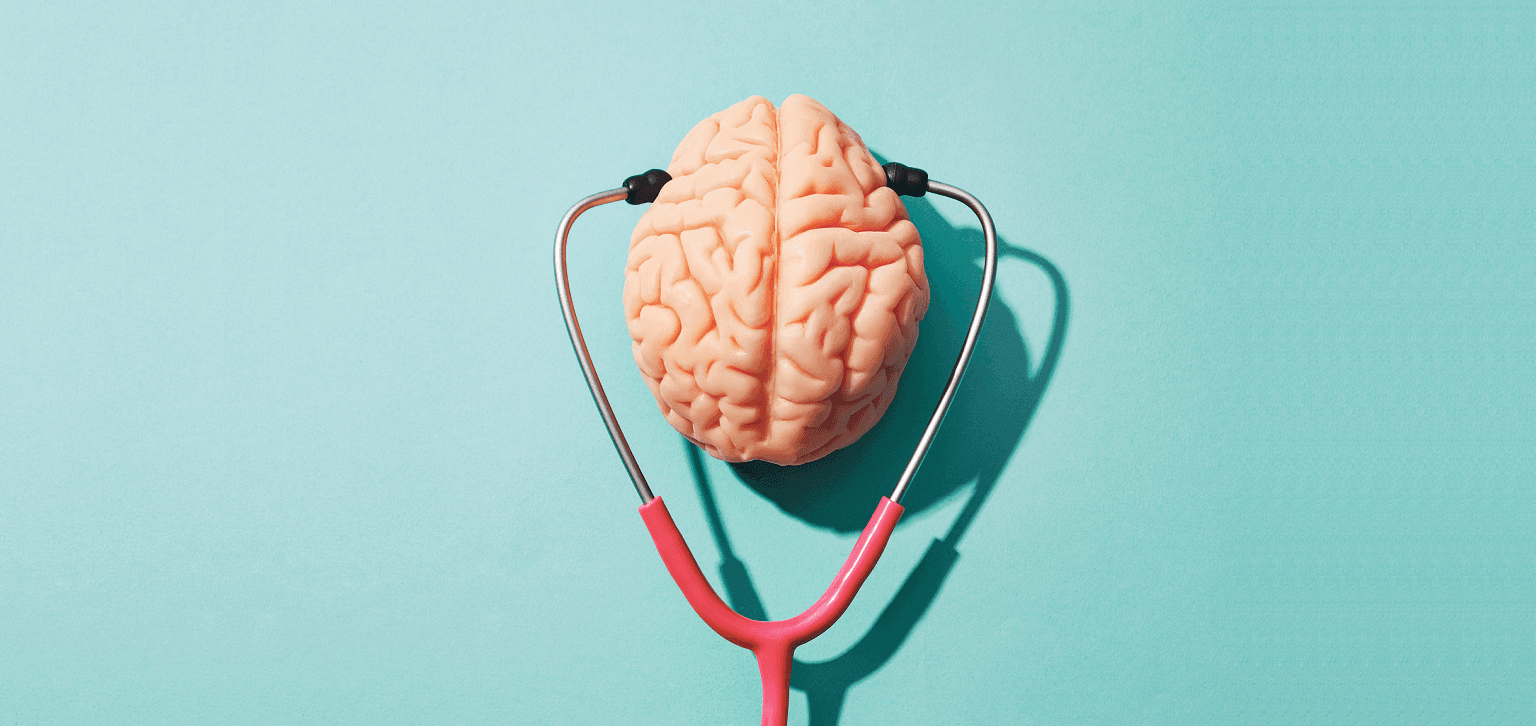
Ms. Kim and her husband Sae moved to the United States from Korea many years ago. Together, they planted new roots, raised a family, and looked forward to the continued adventures they would share well into their lives.
They were happy. And then, in December 2020, Sae unexpectedly died of COVID.
Ms. Kim, 71, was shattered. She had relied on Sae for everything, including his English language skills and his confident ability to navigate American culture. Now, when she most needed comfort from her children, grandchildren, and church community, pandemic precautions kept all three at a distance. Her grief quickly spiraled into despair.
When Ms. Kim returned to the Hanul Family Alliance senior center—where she and Sae had been regulars—staff were alarmed by the depths of her depression. But they worried about suggesting grief counseling, too.
Why?
“Given the mental health stigma among Korean and Korean-American seniors, we did not want to risk the relationship we had built with her over the years,” a center employee explained. “We had to approach it carefully.”
Understanding mental health stigma
Here and around the world, many types of mental disorders are common, including anxiety and depression. Nearly 58 million U.S. adults (one in five) lives with at least one mental illness, and sometimes more than one.1 Globally, as many as 970 million people do.2
Yet discrimination against mental illness and the people who have it has existed for thousands of years. As the psychiatrist and researcher Wulf Rössler wrote, “there is no country, society, or culture where people with mental illness have the same societal value as people without mental illness.”4
Today, this ongoing and widely-held stigma prevents far too many people from getting the help they need and deserve. By some estimates, as many as 83% of those who could benefit from treatment don’t seek it out.6 And the result? From low self-esteem to workplace discrimination, people we know and love deal with the impacts of mental health stigma every day. Like Ms. Kim, they feel ashamed. They are isolated. They don’t have access to employment, health care, and other opportunities.
Are you among them? If so, you’re not alone. And it's time to change the conversation.
What is mental health stigma?
First, let’s define what “stigma” means.
Stigma, in its most basic sense, is a prejudice or bias. It happens when people don’t understand the reasons behind someone else’s situation, health condition, or even beliefs. Many times, stigma comes out of fear.
“It’s human nature to point fingers when we see something we’re afraid of or don't fully understand,” said Kathleen Cameron, former Senior Director of NCOA’s Center for Healthy Aging. “We may blame someone who lives with obesity for eating too much junk food. We might shame someone who’s unhoused for being lazy and unwilling to work.”
These shame-and-blame games can make us feel more in control of our own fate. We won’t gain weight if we don’t visit the drive-through. We won’t lose our housing as long as we keep our job. But, as Cameron explained, stigma clouds the many factors that contribute to complex issues like obesity and homelessness. That gets in the way of meaningful discussion and solutions. And people who feel embarrassed by their situation are less likely to reach out for help and support.
The same is true for mental illness and the stigma around it, which takes several forms:
- Public stigma. Public stigma is a shared prejudice. It happens when a group of people holds negative opinions about mental illness and those who experience it.
- Self-stigma. Self-stigma is prejudice directed inward. It happens when you take to heart other people’s negative opinions about mental illness and feel ashamed by it.
- Cultural stigma. This stigma is a little bit of both. It happens when your community’s dominant beliefs cause you to view mental illness negatively in yourself and others.
- Structural stigma. Structural stigma is built into society. It happens when workplace or government policies deny people with mental illness from equal opportunities.
Each type of mental health stigma can lead to discrimination, exclusion, and social isolation.
What’s the impact of mental health stigma?
Mental health stigma is harmful to people and society. And the harm can be hard to overcome.
“If you have a mental illness personally, and people see and treat you differently for long enough, you begin to think they’re right,” Cameron said. “If you don’t have a mental illness yourself, but you’re around enough public, cultural, and structural stigma, you begin to believe the stereotypes about people who do.”
These attitudes can become more deeply rooted over time.
“Think about it,” Cameron continued. “There’s a reason why discrimination against people with mental illness has been around for ages. Society has made it normal.”
In other words, mental health stigma is a vicious cycle with multiple impacts:
- Emotional effects. These include feelings of shame, sadness, hopelessness, and worthlessness. Stigma also may make you angry.
- Psychological effects. These include low self-esteem, being unwilling to ask for help, and believing your illness defines you. Stigma can make existing symptoms worse.
- Social effects. These include feeling isolated from friends and family, being bullied in person and online, and having difficulty maintaining relationships with others.
- Economic effects. These include having fewer work or career advancement options, unequal health insurance coverage, and lost wages due to unfair sick leave policies.
"I do believe that attitudes about mental illness are changing as more and more people are educated and recognize that mental illnesses are similar to other conditions that have a biological basis," Cameron said.
What causes mental health stigma?
Mental health stigma boils down to misunderstanding. Maybe we don’t have personal experience with mental illness. Maybe the information we have about it is limited. That’s why it’s important to know and recognize the main causes of stigma, including:
- Lack of education and awareness
Mental illness isn’t just one thing. It doesn’t affect just one type of person. It doesn’t even show up the same way in different people. And, unlike many physical illnesses that are openly talked about or easy to see, mental illnesses can be hidden. That’s why they can be difficult to know about or understand—even for mental health care providers themselves.6
Misinformation and ignorance about mental illness is common,” Cameron said. “Without better public education and awareness, though, assumptions about mental health continue.”
Ignorance doesn’t have to be deliberate to be harmful. When we don’t know the facts about mental health conditions, we are more likely to buy into the stereotypes. We may even contribute to them ourselves.
- Media representation
Think about a movie you’ve seen that includes a character who lives with mental illness. How did that character behave? What did they look like? Where did they live?
Hollywood tends to embrace damaging stereotypes about mental illness. Movies often show people who live with these conditions as violent, reclusive, or dysfunctional. They are the “crazed ax murderer” or the “psychotic loner” or the “compulsive drug abuser.” Intentionally or not, this encourages viewers to think negatively about mental illness in other people and in themselves.
Awareness is growing when it comes to more accurate portrayals of mental health issues in movies and TV shows. And some shows, such as The Chi (Showtime) and Wolf Pack (Paramount+), show examples of mental health tools and community support. Yet a study found 72% of on-screen characters who had mental health conditions were portrayed as violent.3
Today’s news outlets and social media platforms don’t help, either. Rössler, the psychologist, found that readers give much more attention to headlines and stories about crimes committed by people with mental illness than by those without.4
“Plus, anyone with an opinion can comment on these stories when posted online,” said Cameron. “Often, those comments stir up more fear and outrage about mental illness.”
- Historical attitudes
Prejudice against mental illness is hardly new. “It probably dates back to prehistoric times, and we just don’t have a written record of it,” Cameron said. “But we do have plenty of evidence starting with ancient cultures around the world.”
Many of these cultures believed that people with mental illness were possessed by demons or were being punished by a deity. And society punished them, too: throwing patients into prison, torturing them, and kicking them out of their families and communities.7
Much later in America, in the 1970s, government-run psychiatric hospitals developed a bad reputation for treating patients poorly.7 These hospitals didn’t have enough money or staff to care for residents properly. And in some cases, staff were just plain abusive.
Finally, doctors and the general public alike didn’t understand many mental illnesses—including what caused them and how to treat them. Many patients endured drastic treatments, like shock therapy and lobotomy, often without their permission.7
“When mental health stigma runs this deep and for so long, it’s no wonder it continues today,” Cameron observed. “History has shaped our attitudes without us even really knowing it—because the stigma has always just been there.”
Understanding mental health stigma in older adults
This brings us back to Ms. Kim.
Public stigma could have made her feel embarrassed by her depression. And cultural stigma could have prevented her from seeking help. Fortunately, staff at Hanul Family Alliance are well-informed, sensitive, and knew how to address these stigmas. Ms. Kim overcame them and now participates in the grief counseling she needed and deserves.
“As we get older, we can face additional mental health stigmas and stereotypes, too,” Cameron pointed out. “It’s important to raise awareness about this so that we can break down negative attitudes and barriers to care.”
It’s true that we are more likely to experience certain losses the older we get. The death of a friend or partner, changes to our health, and even retirement can lead to grief. But mental illness is not a normal part of aging. Still, incorrect assumptions about depression in older adults leave many people to suffer in silence.
Other barriers exist to mental health care, too. If you live in a rural area, don’t have reliable transportation, or your insurance doesn’t cover it, you are less likely to get treatment. If you or someone you know face these kinds of barriers, virtual counseling may help.
Overcoming mental health stigma
Despite these challenges, there are practical steps you can take to address mental health stigma:
- Speak up. Share your personal experiences with mental illness. Stand up for others when they experience stigma. Explain that mental health is as important as physical health.
- Speak out. Call out movie directors and media outlets when they use mental illness to sell tickets and get “clicks.” Remind people that the words they use can hurt—or help. Praise movies and media that portray a more positive perspective on mental health.
- Speak truth. Address prejudice and stereotypes by learning the facts about mental health and sharing those facts with others.
It’s also important to talk to your doctor and be honest about any mental health struggles you may have. Advocating for yourself, and educating your health care provider, helps remove the stigmas around mental illness for everyone.
The bottom line
Mental health stigmas can be hard to overcome. And no wonder: human beings have stereotyped mental illness, and the people who experience it, for most of recorded history. Over time, these public, personal, and institutional prejudices become normal. We don’t see them or recognize them because they’ve always been there.
As we age, we encounter additional stigmas around mental health that can stand in the way of getting care. We deserve better. We must understand barriers to treatment and work together to break them down.
Let’s change the conversation about mental health stigma. Talk to your doctor, your family, and your friends, about the issue today.
Sources
1. National Institute of Mental Health. Mental Illness. Found on the internet at https://www.nimh.nih.gov/health/statistics/mental-illness
2.World Health Organization. Mental health. Found on the internet at https://www.who.int/health-topics/mental-health#tab=tab_2
3. Anna Medaris. Is mental health still miscontrued onscreen? Psychology goes to Hollywood to dispel stigma. March 1, 2024. Monitor on Psychology. Found on the internet at https://www.apa.org/monitor/2024/03/psychology-hollywood-mental-health
4. Wulf Rössler. The stigma of mental disorders: A millennia-long history of social exclusion and prejudices. Science & Society. July 28, 2016. Found on the internet at https://www.embopress.org/doi/full/10.15252/embr.201643041
6. Graham Thornicroft, et al. Undertreatment of people with major depressive disorder in 21 countries. The British Journal of Psychiatry. February 2017. Found on the internet at https://www.ncbi.nlm.nih.gov/pmc/articles/PMC5288082/
6. Tori DeAngelis. Fighting stigma by mental health providers toward patients. American Psychological Association. July 1, 2024. Found on the internet at https://www.apa.org/monitor/2024/07/stigma-against-patients
7. Touro University Worldwide. Breaking America’s Mental Health Stigma. April 1, 2015. Found on the internet at https://www.tuw.edu/psychology/breaking-americas-mental-health-stigma/




